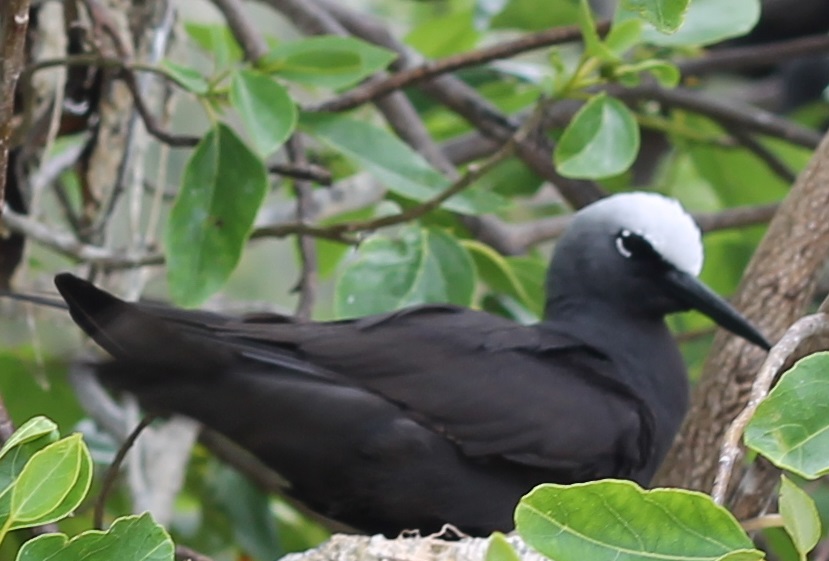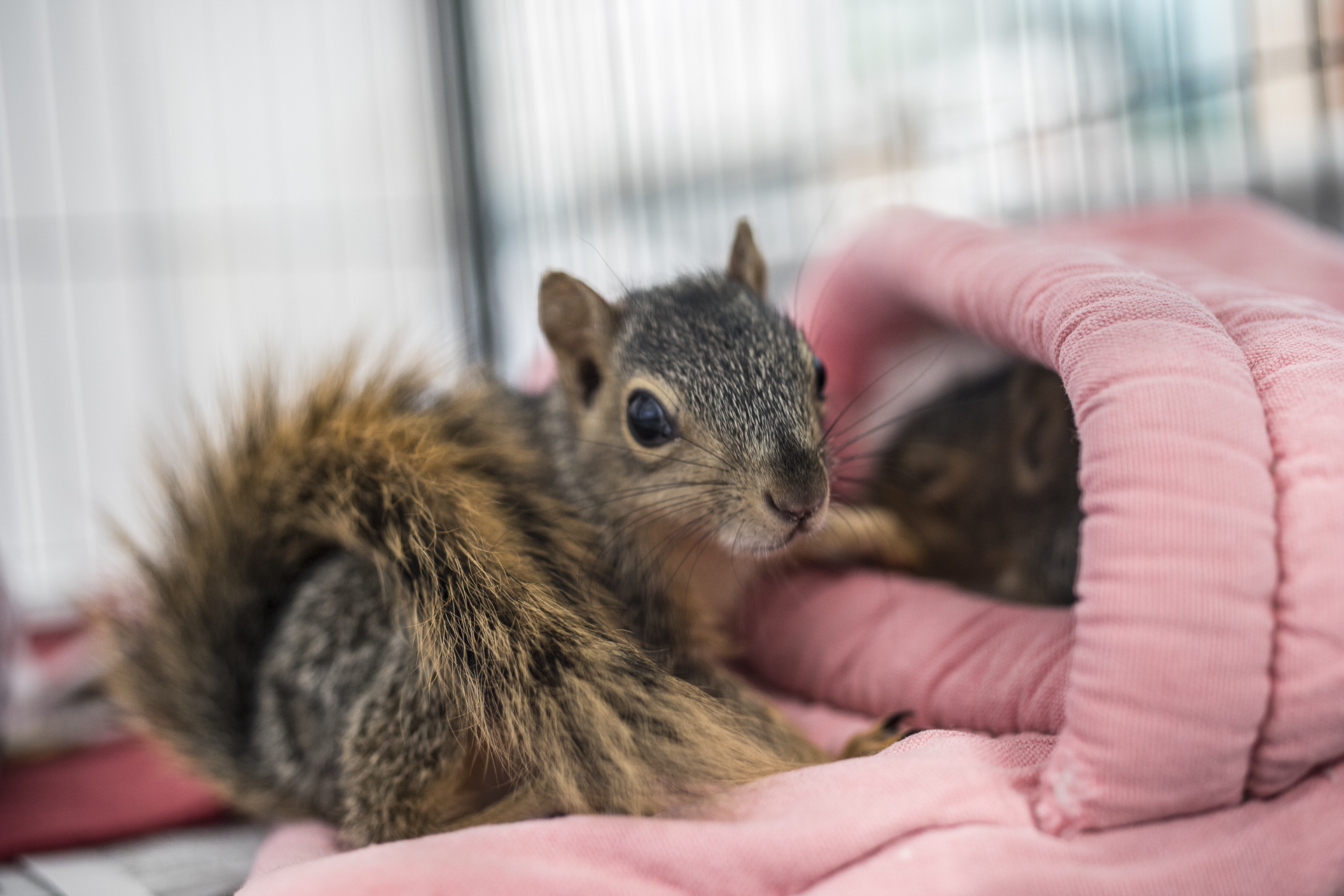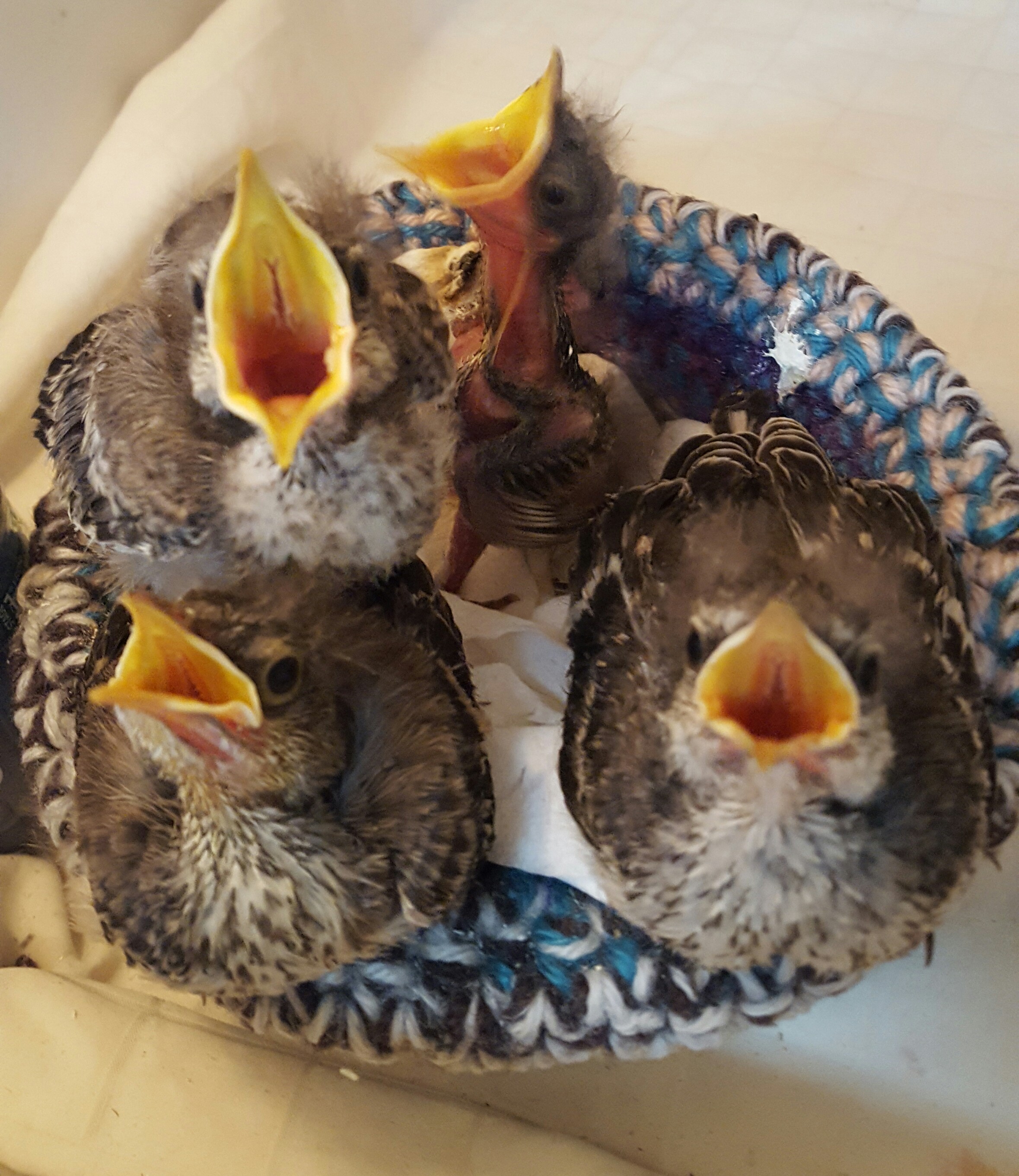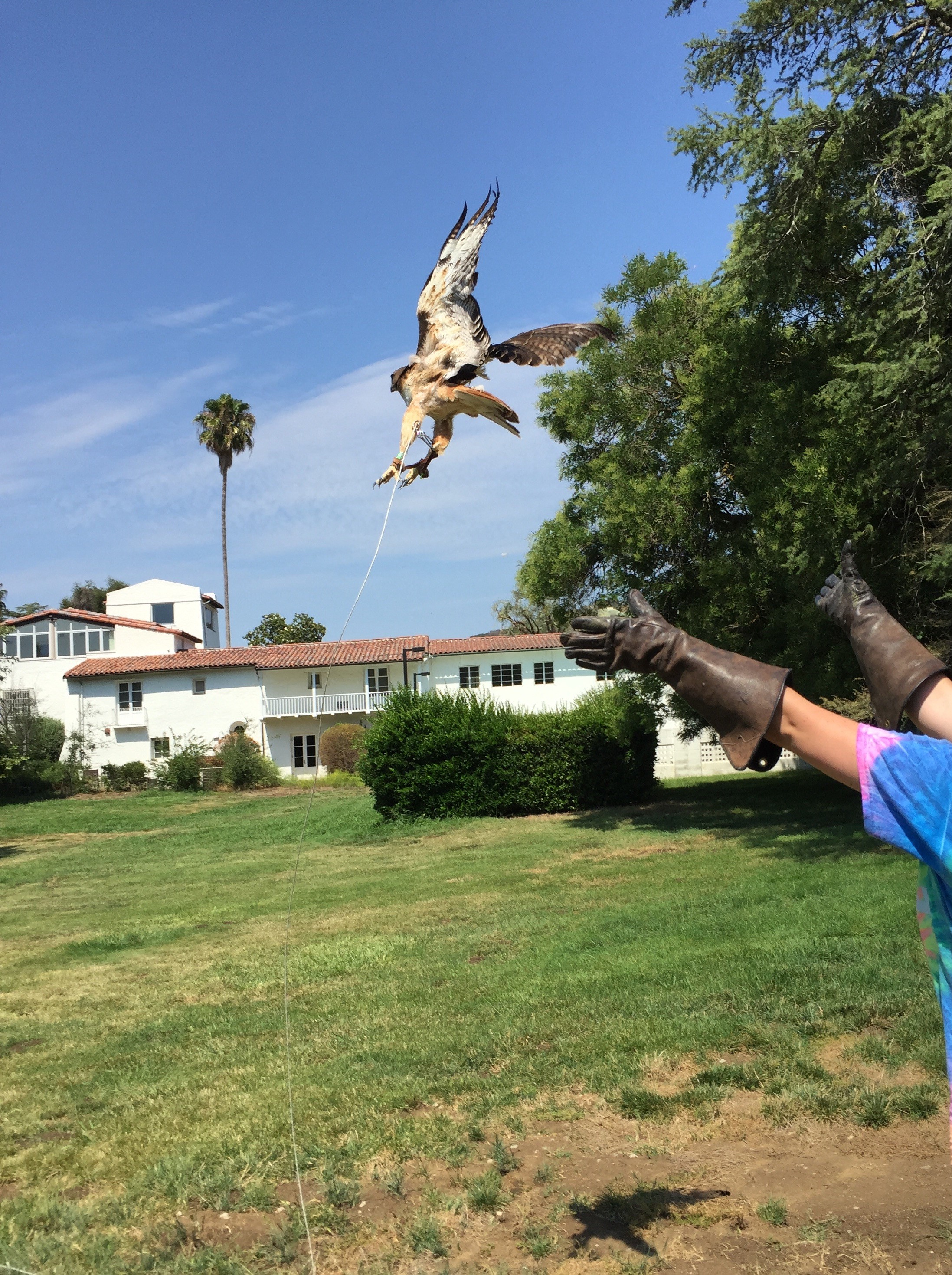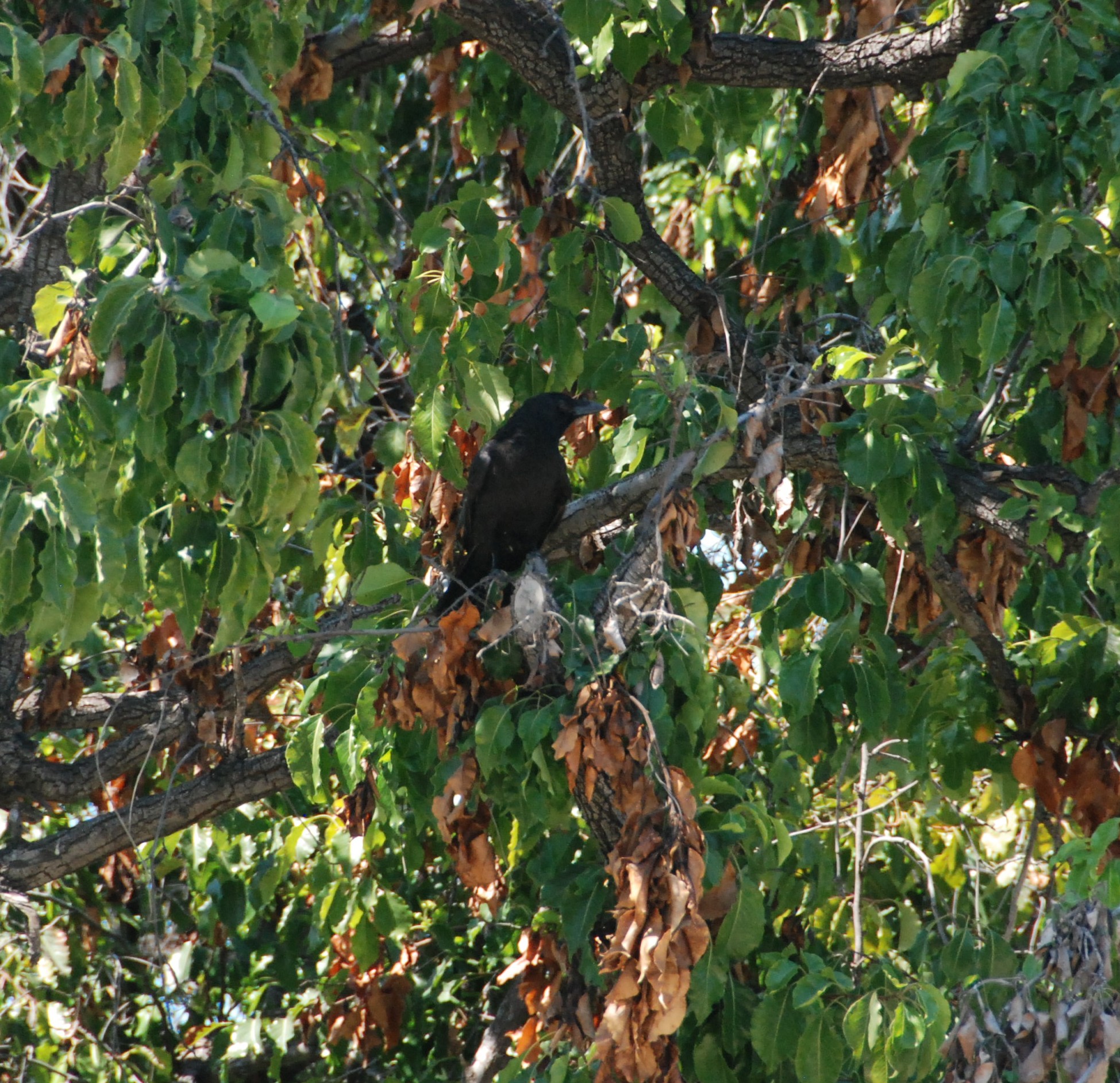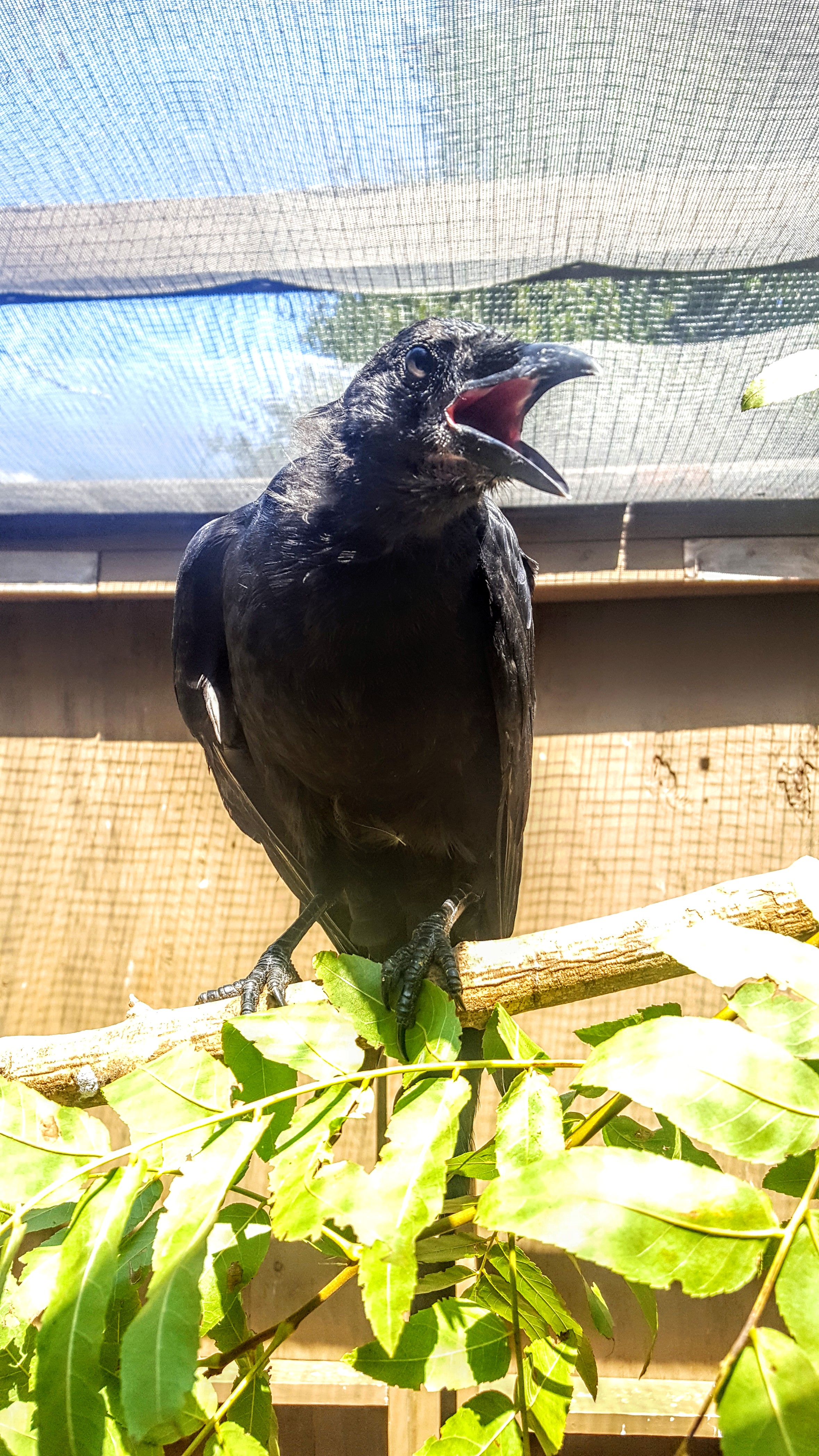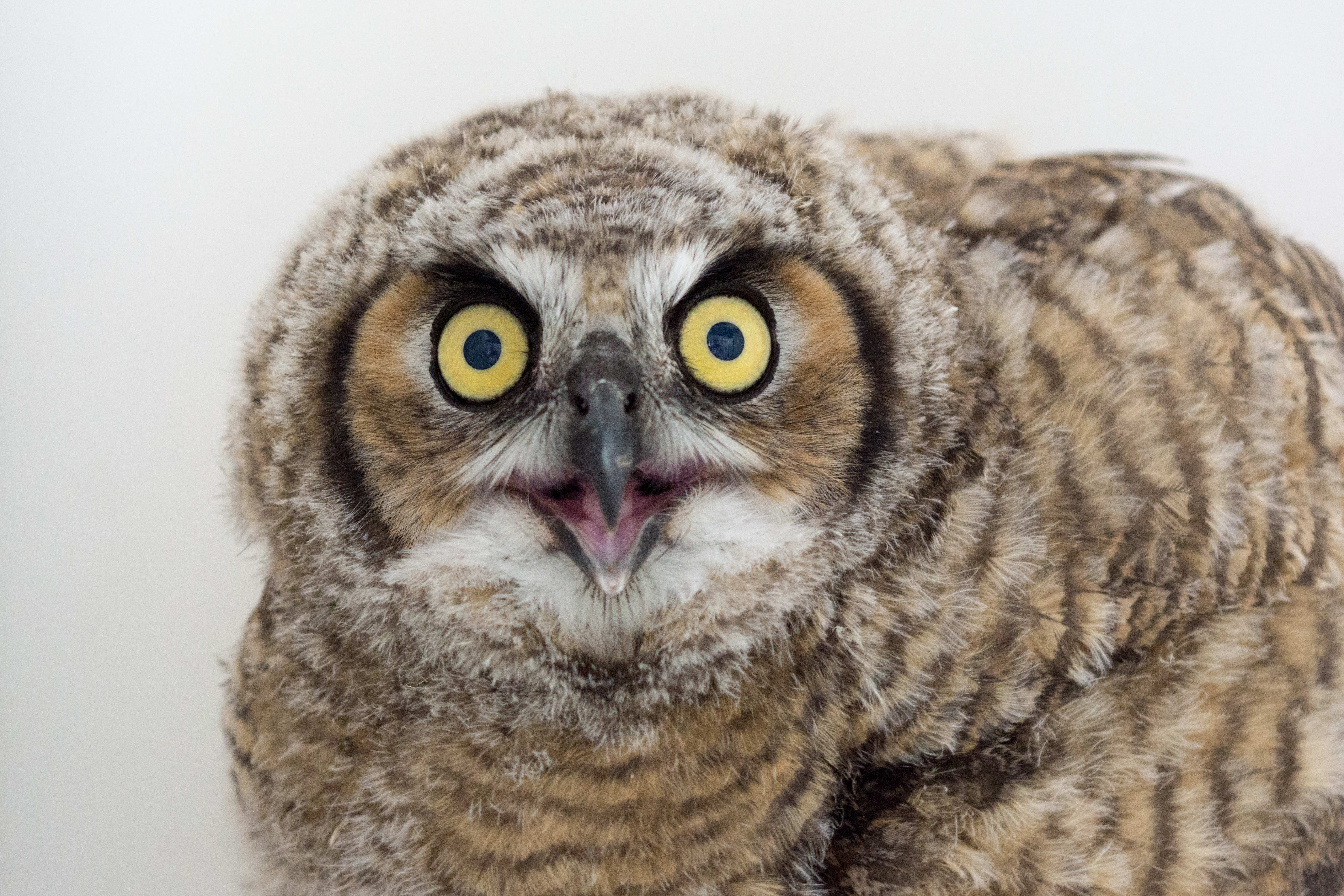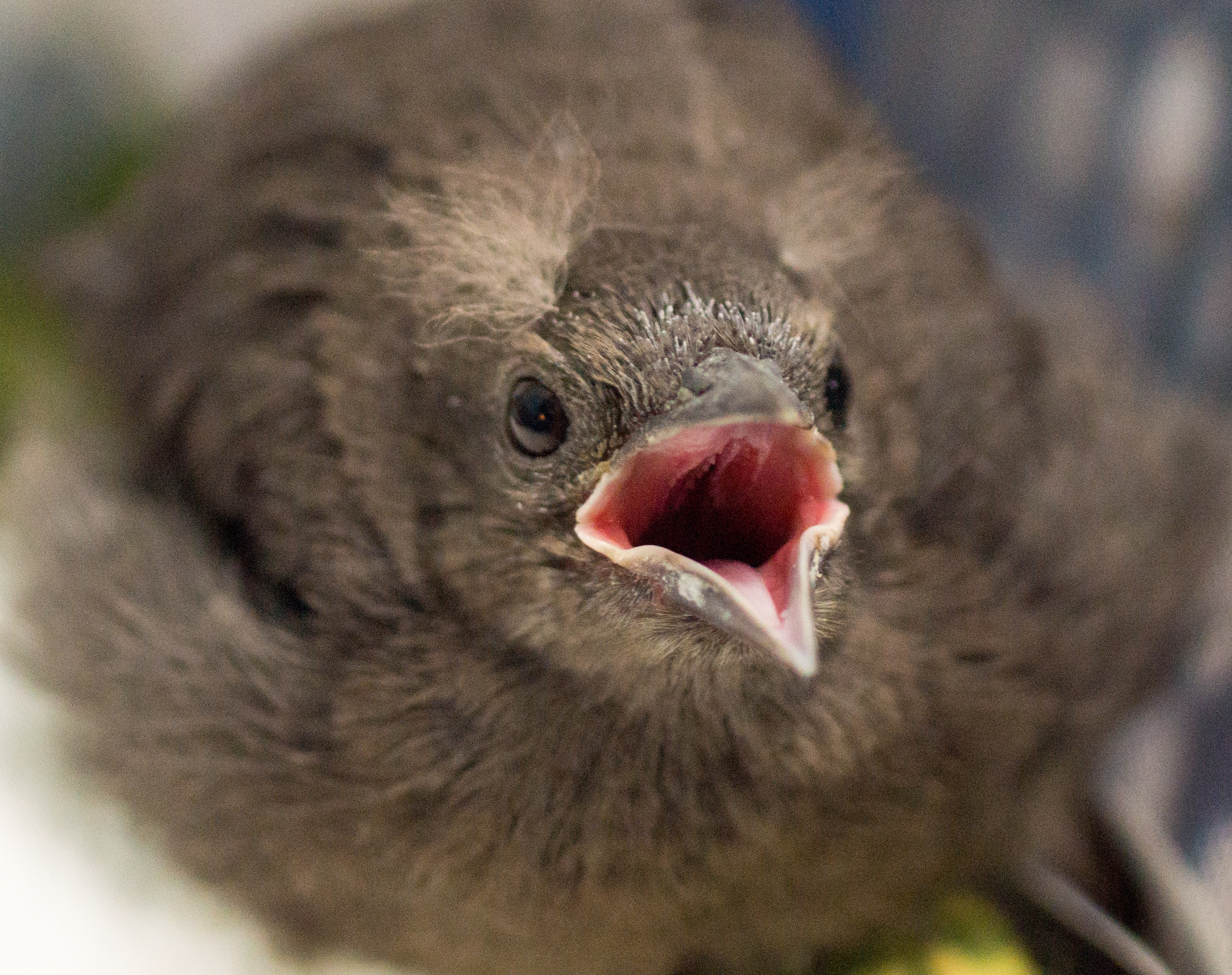CWC’s Gull Patients: An Earful
by Melissa Hartman, Administrative Assistant
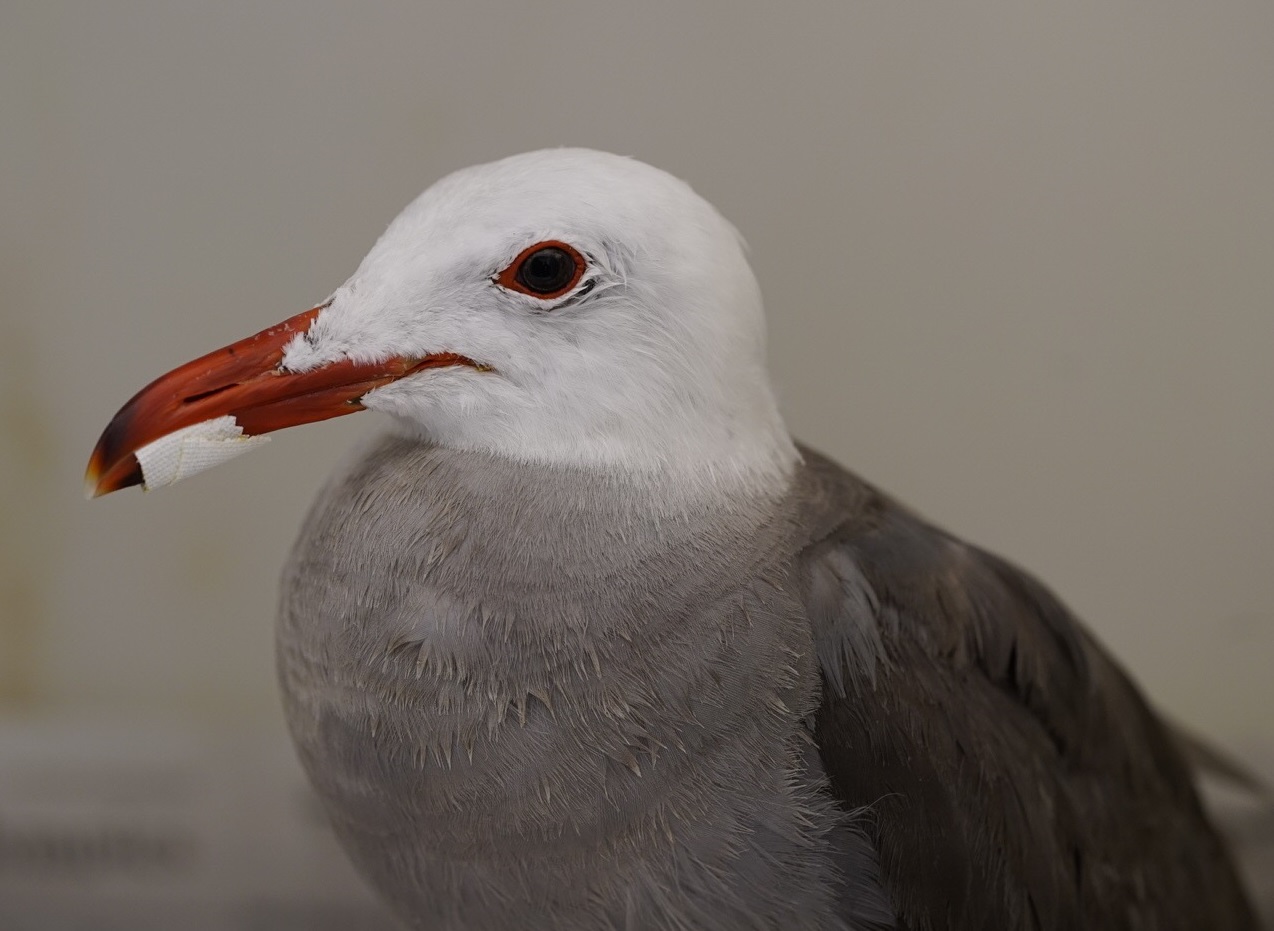
Heermann’s Gull, Photo by Jamie Pelayo
Of the animal patients we see at CWC, the gull is not the most universally well-regarded. Say the word seagulls to the average person, and you may elicit revulsion. Or indifference. Or resignation, as in, I should have known better than to leave my kale chips unattended while I took that dip in the surf.
Or you may get a blank stare followed by this clapback: Dude, there are, like, no actual birds known as seagulls!
Say…what?
It may or may not surprise those born before the “Me Decade” of the 1970s that one of the era’s bestsellers was, of all things, a moral fable about a philosophical gull intent on seeking a higher purpose in life. The book’s effect on, like, actual enlightenment is a discussion fit for another forum; however, Jonathan Livingston Seagull practically assured that the moniker “seagull” is pretty much used describe any of the 44 types of gull species found worldwide, including twenty-eight types of gull species found in North America.
Fortunately, the concerned members of the public who alerted us to the circumstances of the 93 gull patients seen in 2017 were free from any such prejudices, pedantic or philosophical, and wanted to do all they could on behalf of these birds!
Of the seven species seen last year at CWC, 68 were Western Gulls, nineteen were California Gulls, and the rest were the locally-less-populous species of Bonaparte’s, Heermann’s, Herring, Ring-billed and Sabine’s Gulls. These birds were admitted for a variety of reasons: broken bones, fishing line and other plastic entanglements, oiling, pellet shot. While some presented with injuries too complex or too old to allow for rehabilitation, approximately half were transferred after treatment to a partner agency, San Pedro’s International Bird Rescue, to continue their journey of healing. We are grateful to those area residents who cared enough to bring our attention to these patients who needed our help!

